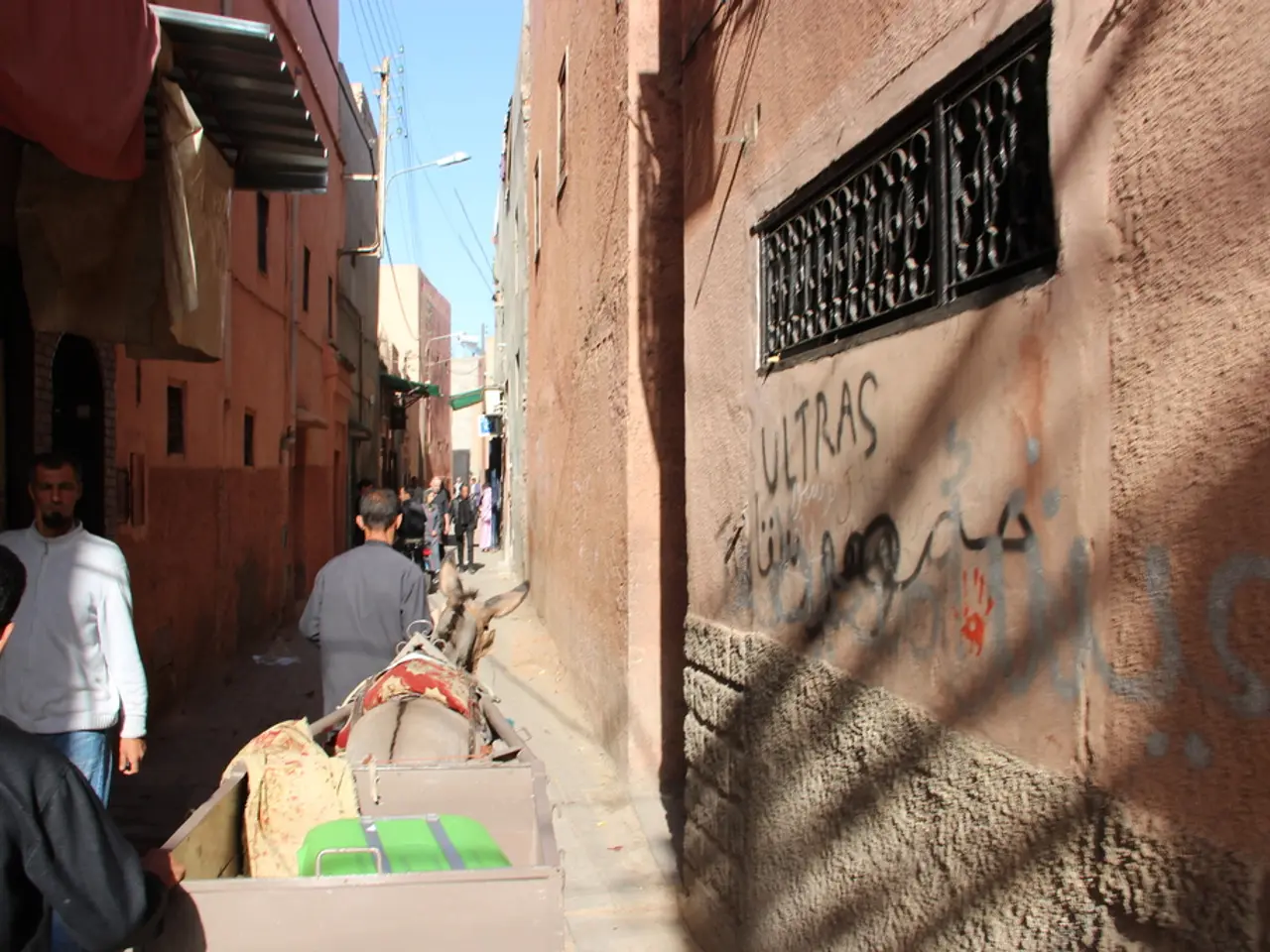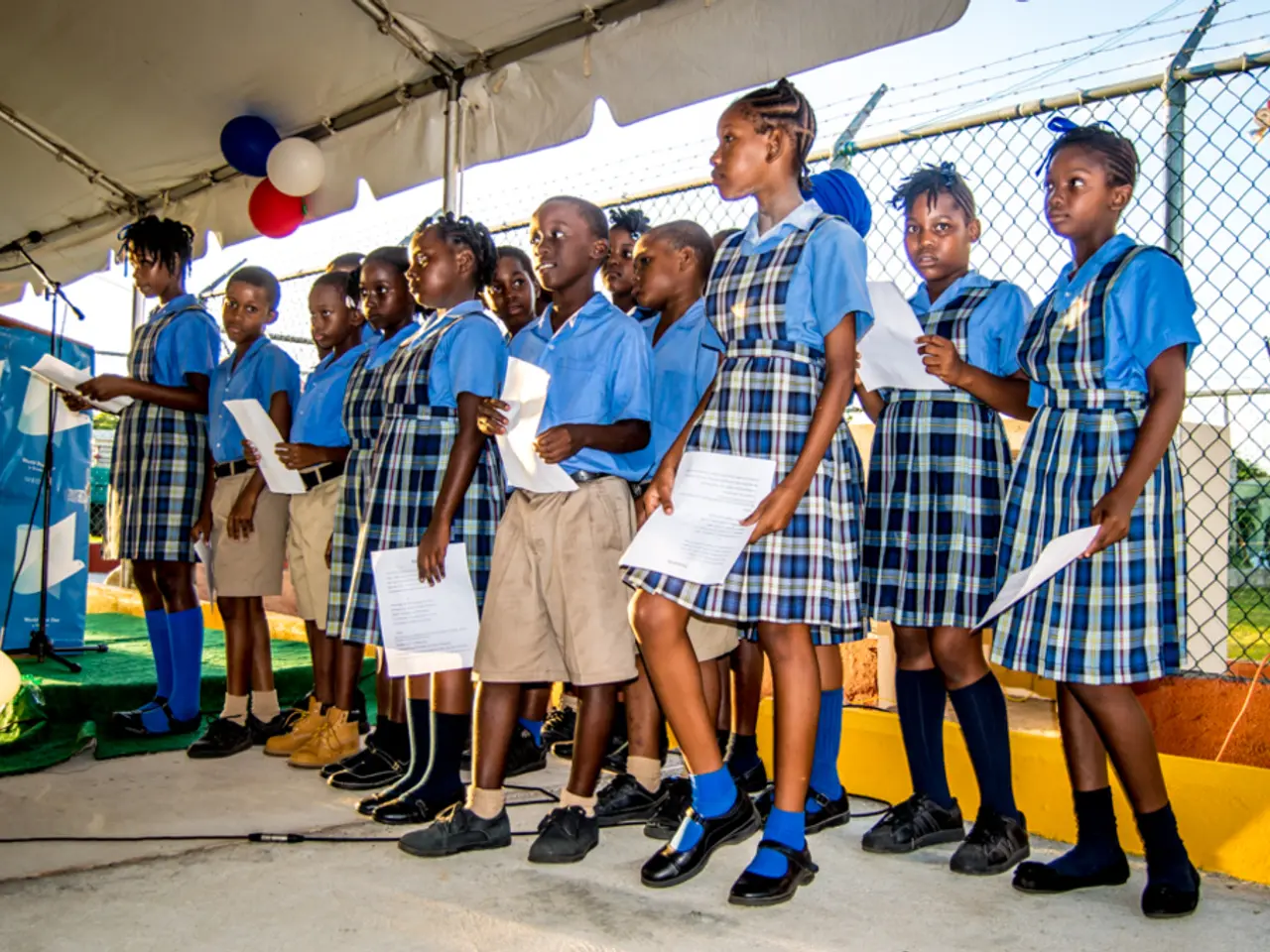Past and Present of Ihumātao: A Historical and Contemporary perspective
In the heart of Auckland, New Zealand, a remarkable revitalisation project is underway. Led by the Auckland STEM Alliance, a collaboration of businesses, educators, and government, a pilot scheme is being carried out in South Auckland with the goal of preserving and enhancing the cultural and environmental heritage of the region.
At the centre of this endeavour is the Ihumātao papakāinga, Auckland's oldest settlement, inhabited by a Māori community for around 1,000 years. This living Māori communal area is closely connected to the Otuataua Stonefields, a remnant of food gardens that once covered the Auckland isthmus. The Otuataua Stonefields, spanning 100 hectares, are a historic reserve, showcasing evidence of Māori agricultural practices dating back centuries and considered a taonga, or treasure, reflecting indigenous heritage and environmental knowledge.
Historically, Ihumātao is a site of deep Māori significance, featuring traditional cultivation areas and a longstanding connection to the local iwi (tribes), particularly Ngāti Whātua Ōrākei. The Otuataua Stonefields within Ihumātao offer a glimpse into the past, providing insights into the lives of the first settlers who had to adapt to a new environment with cooler temperatures and a shorter growing season in Aotearoa.
However, the Ihumātao area has faced numerous challenges in recent years. In July 2013, a dye spill contaminated the Oruarangi Awa with over 1,000 litres of methyl violet dye, adversely affecting the Oruarangi Stream and the surrounding ecosystem. The spill resulted in the death of up to 400 eels, affected oyster beds, other estuary species, and made watercress unfit for consumption.
In response, representatives from Makaurau Marae, Auckland Council, and the Mangere-Otaahuhu Local Board created the Industry Pollution Prevention Programme (IP3) to prevent further contaminant spills. Students from Aorere College and Makaurau Marae have also teamed up to restore the mauri, or life force, of the Oruarangi Stream, funded by the South Auckland pilot of the Participatory Science Platform (PSP).
The South Auckland pilot of the PSP was managed by COMET Auckland, a council-controlled organization of Auckland Council and an independent charitable trust. Their efforts aim to rehabilitate the Oruarangi Stream by removing pollutants, restoring native vegetation, and reestablishing habitats important to both the ecological health of the Manukau Harbour and Māori cultural identity.
The Manukau Harbour and the Oruarangi River, both adjacent to the Ihumātao area, have been sources of food for the papakāinga, providing fish, shellfish, and freshwater foods such as watercress. The people of Ihumātao are the mana whenua of the area, tracing their descent to Te Waiohua and Te Ahiwaru of Tainui waka. The harbour and the river also served as a means of navigation.
The Government's national strategic plan for Science in Society, A Nation of Curious Minds - He Whenua Hihiri i te Mahara, is a Government initiative jointly led by the Ministry of Business, Innovation and Employment, Ministry of Education, and the Office of the Prime Minister's Chief Science Advisor. This plan encourages the participation of communities in scientific research and innovation, fostering a culture of curiosity and inquiry that supports projects like the restoration of the Oruarangi Stream.
The volcanic soils and temperate climate of the Ihumātao peninsula provided a reasonable growing environment, but the conditions were improved by innovation and hard work. The businesses visited by iwi representatives as part of the IP3 programme were educated about pollution prevention, marking a significant step towards a cleaner, healthier future for the Ihumātao area and the wider Auckland region.
The restoration work reflects both ecological and cultural priorities driven by community groups, iwi, and environmental organizations. It serves as a testament to the resilience and determination of the people of Ihumātao and their commitment to preserving and revitalising their ancestral land and cultural identity. As the project progresses, the Ihumātao papakāinga and the Oruarangi Stream continue to stand as symbols of hope and unity, bringing together the people of Auckland in a shared mission to protect and celebrate the rich cultural and environmental heritage of the region.
[1] "Ihumātao: A Place of Struggle and Hope." Te Ara - The Encyclopedia of New Zealand. Retrieved from https://teara.govt.nz/en/ihumatao-a-place-of-struggle-and-hope
[2] "Ihumātao: A Living Legacy." Auckland Council. Retrieved from https://www.aucklandcouncil.govt.nz/community/community-highlights/ihumatao-a-living-legacy.asp
- The revitalization project in Auckland focuses on both science and environmental-science, aiming to preserve and enhance the cultural and environmental heritage of the region.
- The Otuataua Stonefields, considered a taonga, is a historical reserve that showcases Māori agricultural practices and reflects indigenous heritage and environmental knowledge, situated within the environmentally significant Ihumātao area.
- The South Auckland pilot of the Participatory Science Platform (PSP) is an education-and-self-development initiative, fostering community-led learning in personal-growth areas such as pollution prevention and environmental restoration.
- The restoration work in the Oruarangi Stream, driven by community groups, iwi, and environmental organizations, embodies a fusion of lifestyle, ecological, and cultural priorities, ultimately contributing to a more sustainable and culturally enriched home-and-garden and lifestyle in the Auckland region.




